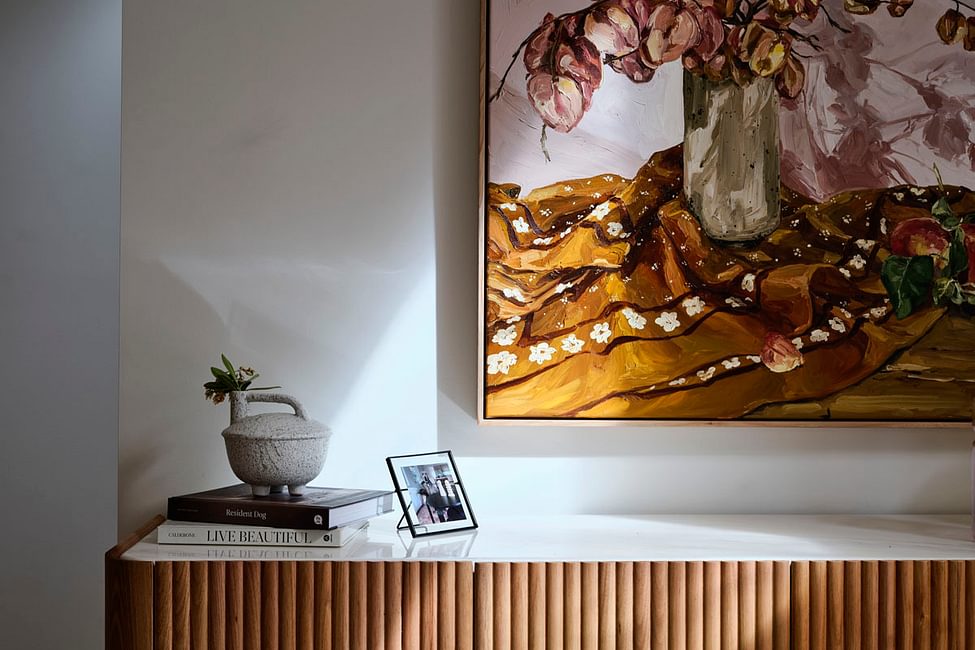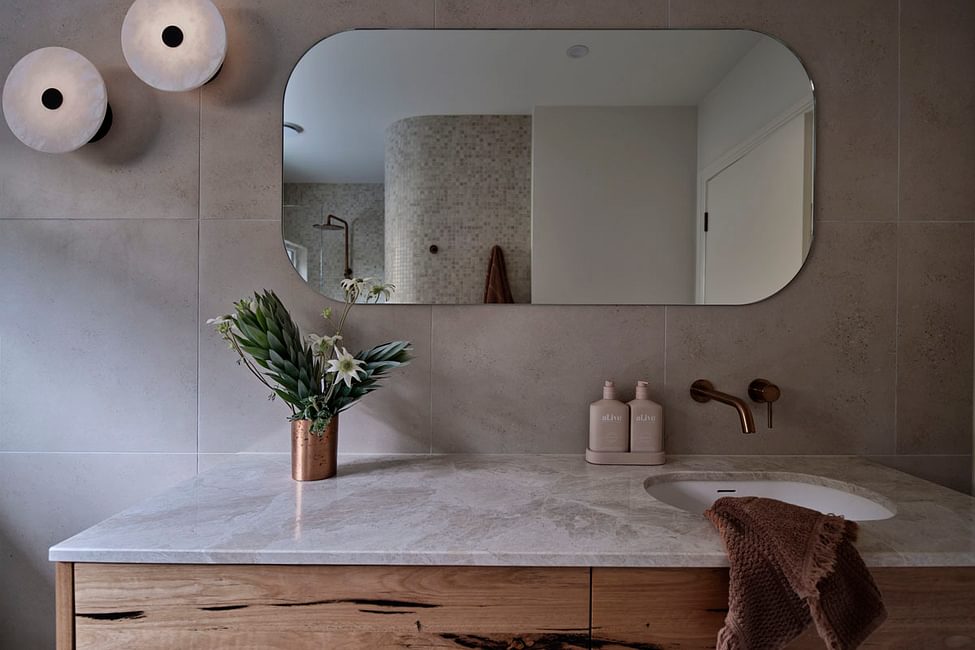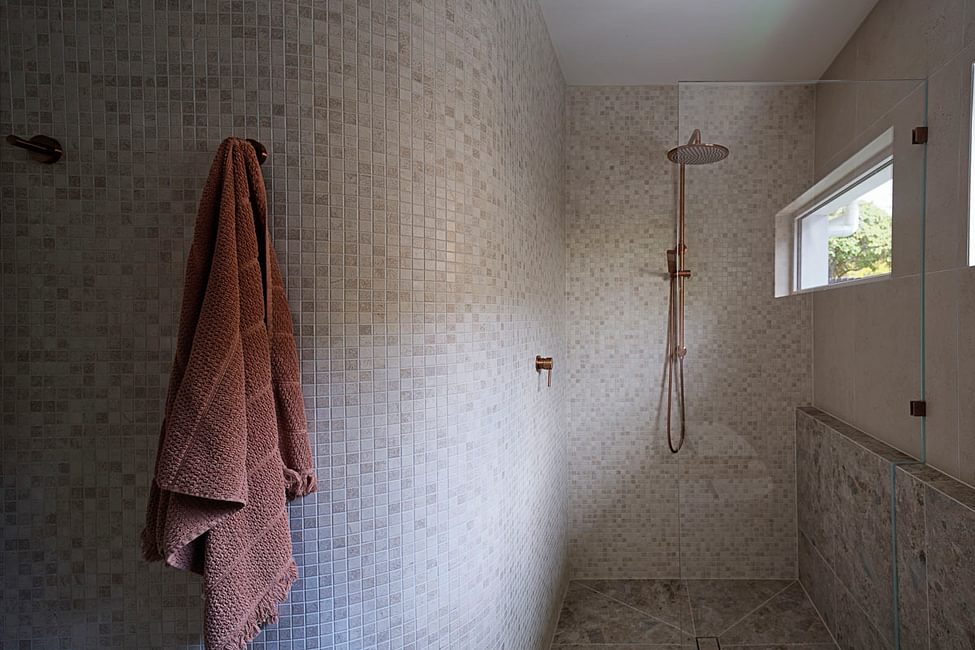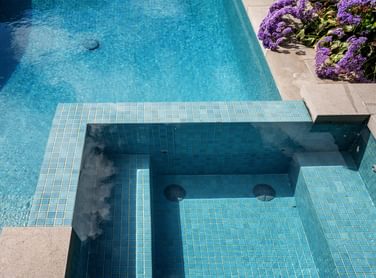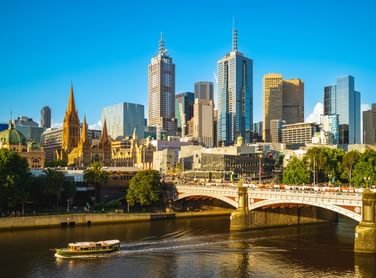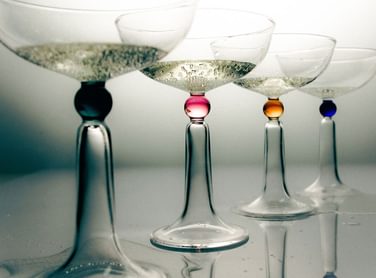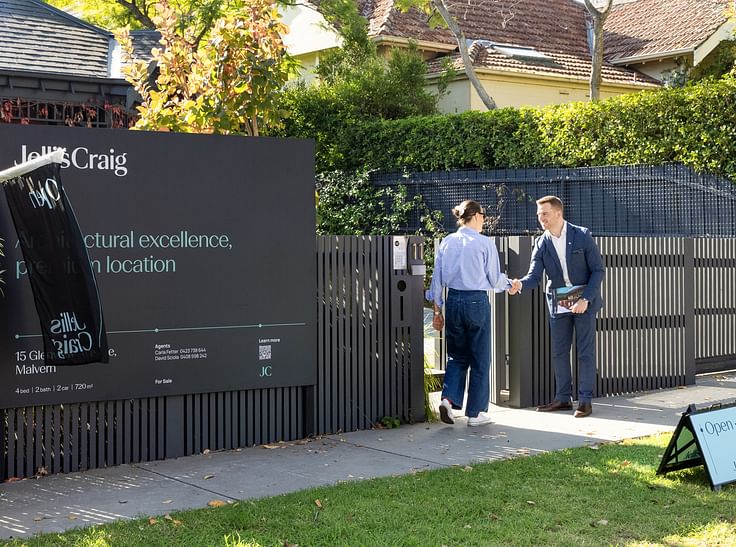Behind the Build: Passivhaus principles bring this 1950s home into the future
As seen on Grand Designs Transformations, we take you behind the build of The Haus, by Tylah and Dylan. We sat down with the Passivhaus Builder and Exterior Designer couple, to learn more about how they transformed their 1950s weatherboard home into an energy efficient house of tomorrow.

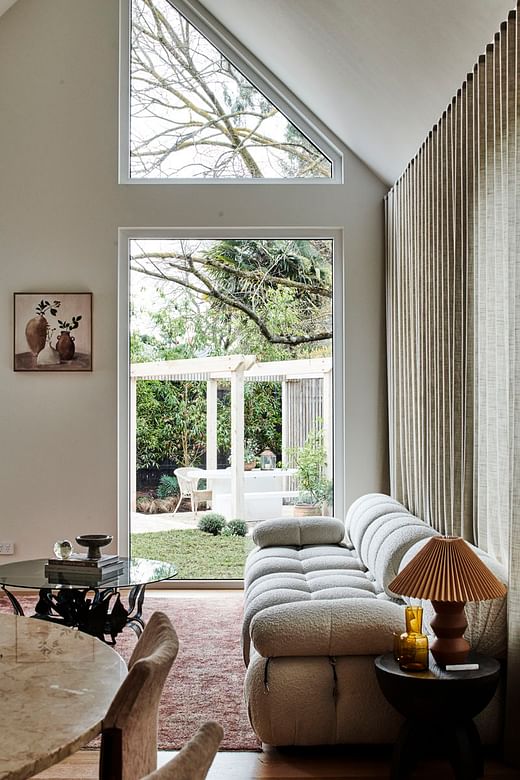
Tell us about Alwyn Projects and your approach to building beautiful, high-performing, energy-efficient homes.
Alwyn Projects' mission is to transform Melbourne's existing houses into eco-friendly, stunning homes. Currently, our focus lies solely in the retrofit/renovation space, where we employ Passivhaus building principles and design to create energy-efficient homes that enhance our clients' well-being.
Our approach differs significantly from the industry standard as we embrace an Early Contractor Involvement (ECI) process, collaborating closely with our clients and design team. This ensures that the intricate details of Passivhaus, such as airtightness, insulation, and thermal bridge considerations, are seamlessly integrated from design to construction. By leveraging industry professionals, building science, highly skilled craftspeople, and sustainable materials we deliver an end result of energy-efficient, comfortable and unique homes. Our goal is to provide our clients with a healthy living environment that benefits them and our planet for years to come.
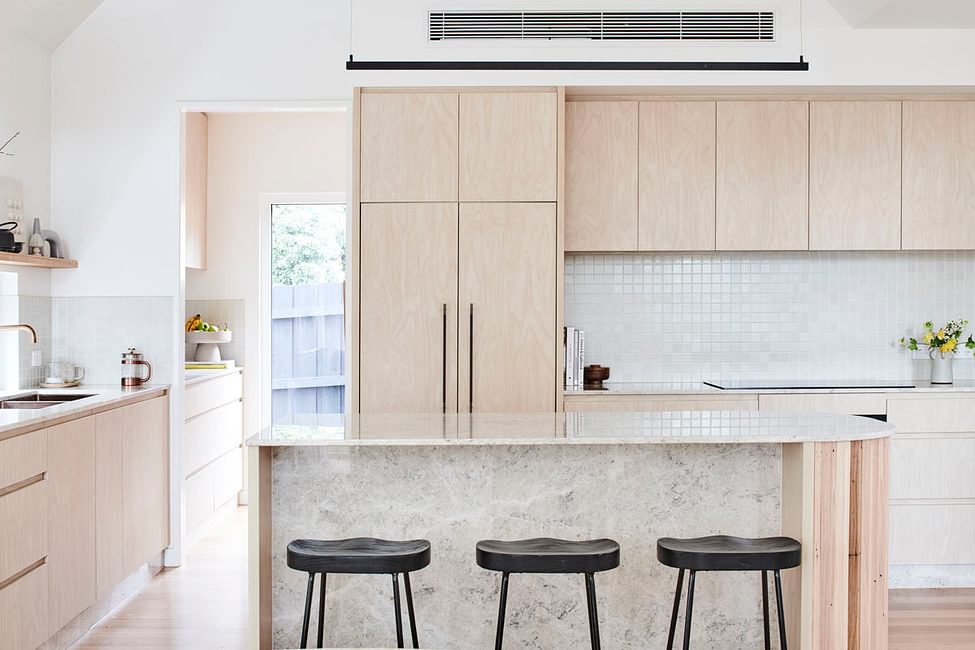
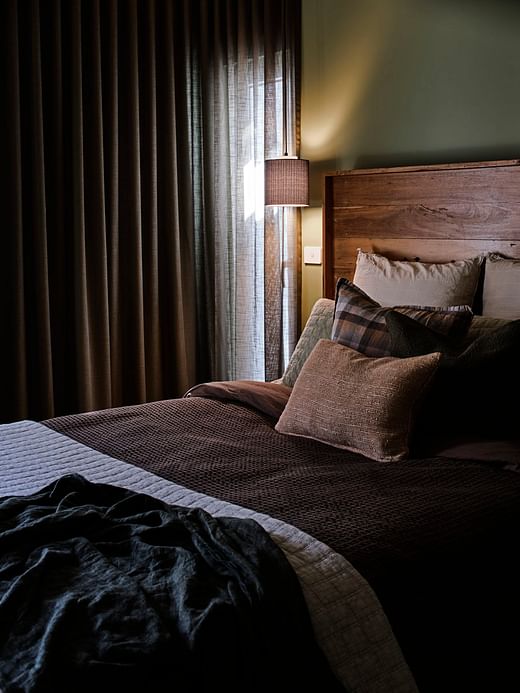
What makes a certified Passivhaus and why is it beneficial?
Passivhaus are building and design standards that prioritise the thermal envelope (the building layer that separates inside from outside) creating a healthy home environment for its occupants that requires minimal heating or cooling.
Passivhaus construction focuses on five principles - continuous insulation, airtightness, high-performance windows and doors, a ventilation system, and the elimination of thermal bridges.
The benefits include healthy living, reduced operational energy consumption and bills, home comfort (indoor temperature between 20 and 25 degrees), the knowledge that your home's energy standard has been achieved and an increase in property value.
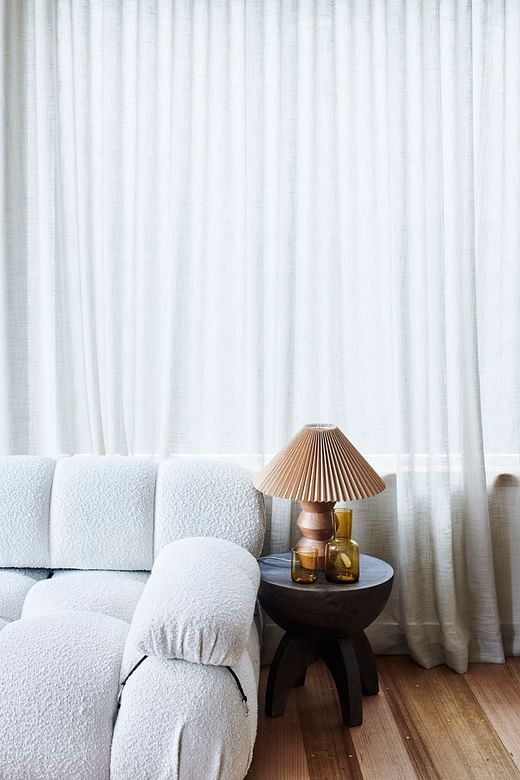
Tell us about the 1950s renovation and new extension and the challenges you faced during this 2-year project.
When we were designing this project, we wanted to ensure we kept a simple 1950’s weatherboard façade and just enhance the existing features of the home and offer a unique extension to the rear of the dwelling. Passivhaus construction is very detail focused, and a lot of the construction period was spent ensuring the homes airtightness and building envelope was perfect. The home has weatherproof membranes, a continuous insulation layer, airtight wrap and over 3kms of tape to ensure the home meets Passivhaus requirements. The project cost significantly more to build, then a standard build but that investment is returned.
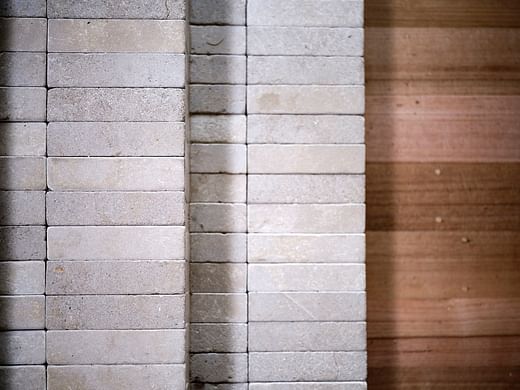
Moving inside the home, tell us about your beautiful selection of timbers, stones and mosaics.
We have put a lot of thought into the design and materials that were selected for the home including natural stone, brushed copper tapware and hardware, high quality window coverings and wool carpets. The colours and textures of these items were inspired by natural tones. We also repurposed timbers from the original dwelling to create bespoke features such as our fluted timber wall and striking timber vanities. Recycled bricks have been used to construct a freestanding chimney in the back garden - perfect for a gathering with friends and family.
The exposed rafter ceilings create a grand sense of space within the extended living area. Talk to us about this design choice.
We love the play on the ceiling heights as you move throughout the home. The home’s entry has a unique curved ceiling and as you move into the living area, extends to a grand 5m high cathedral ceiling and north facing windows that keep the space bright throughout the day.
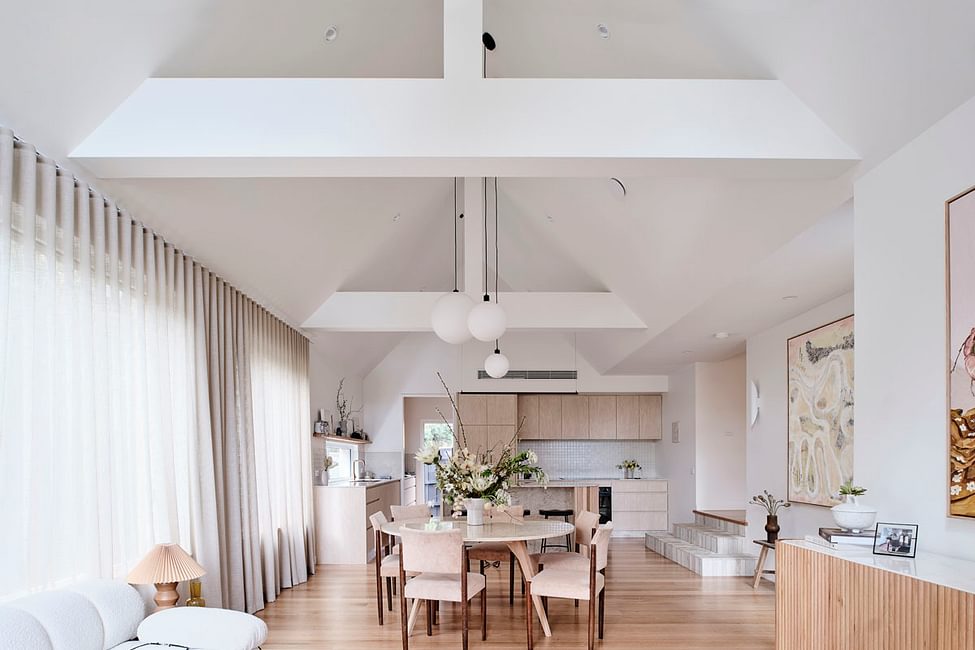
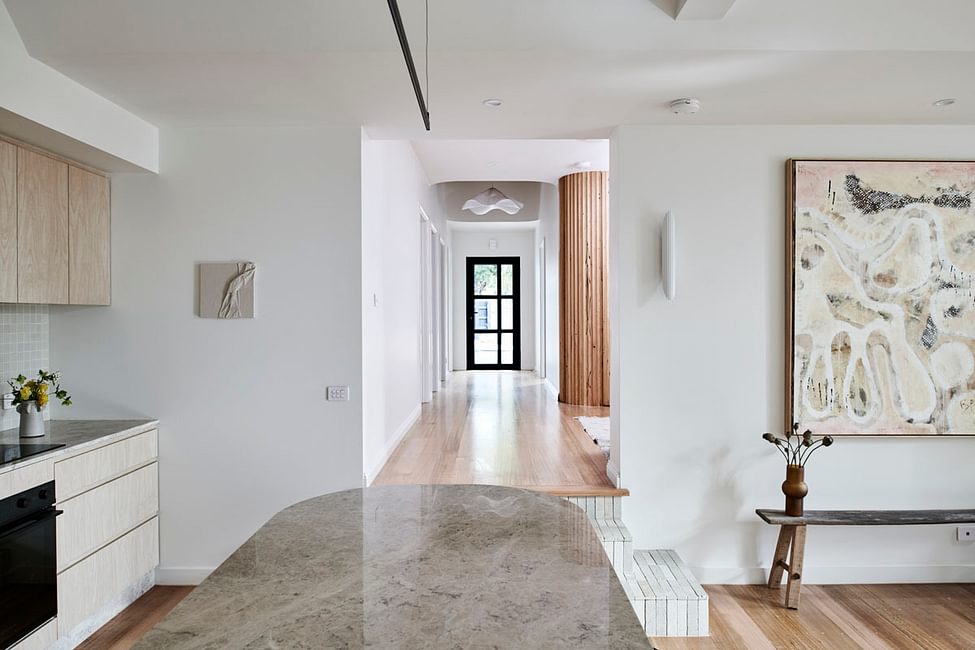
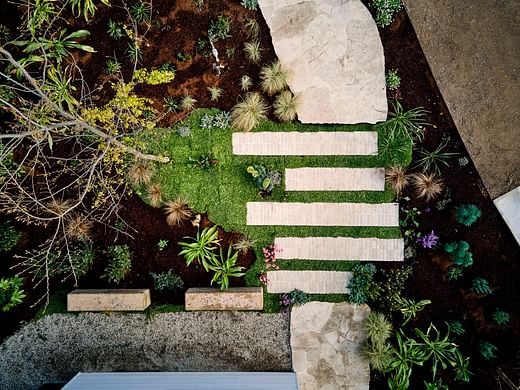
Can you describe the thought process behind the home’s landscape design?
The landscape design had the intention to create a simple outdoor entertaining space with multiple zones for casual use that include bespoke curved seating, open pergolas, and a freestanding fireplace.
The existing Golden Elm tree was the starting point of the design. The tree touches the garden with a dappled shade and is a key feature of the vistas from the home’s interior. The mixed planting palette of native and exotic species offer varying texture and tones against the homes white façade and black feature fencing.

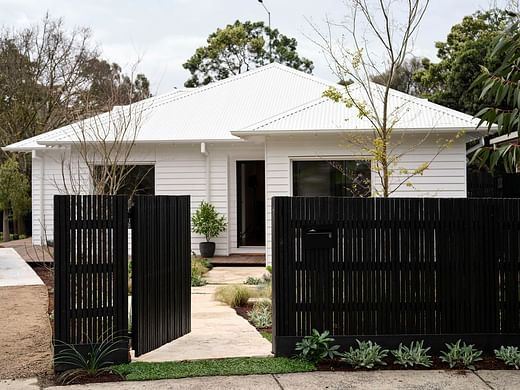
Conrad Court has been a passion project for you both. What’s next for The Haus?
We love this home, and it will be so hard to leave as so much hard work and consideration that has gone into the design and build.
We don’t know what’s next, but we have our sights set on completing a heritage renovation and transforming the next house yet again into a highly comfortable energy efficient Passivhaus.
We have a love for building and design, and we have big plans for The Haus and our journey.
8 Conrad Court, Blackburn North is coming onto the market with Jellis Craig Whitehorse.
Contact Christine Bafas for more information. M 0427 835 610. Contact Christine
Design and interiors: The Haus by Tylah and Dylan
Builder: Alwyn Projects
Landscape Architect: The Sunday Garden Exterior Design
Passivhaus Consultant: Studio Fang
Photography: Dean Bradley

